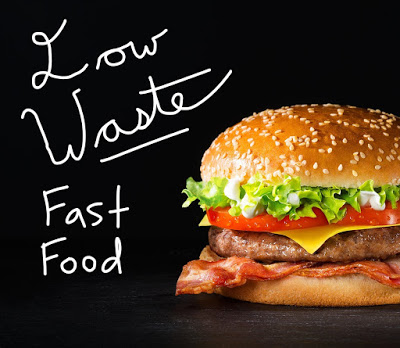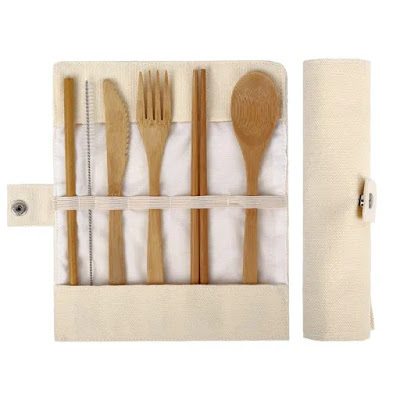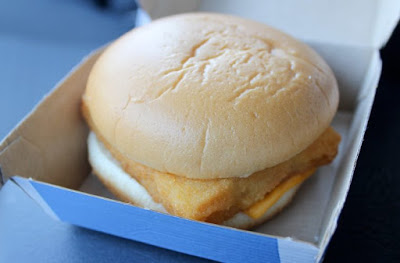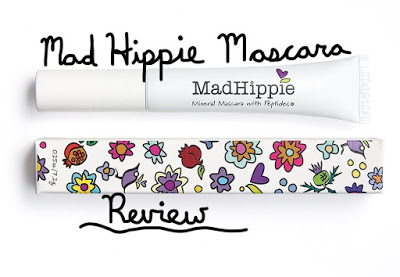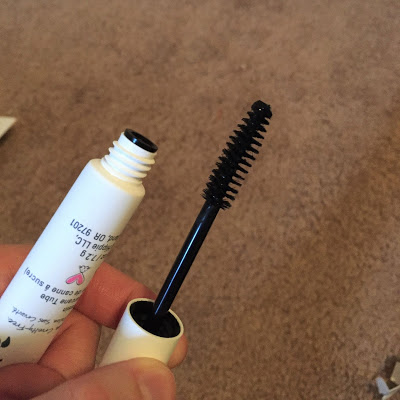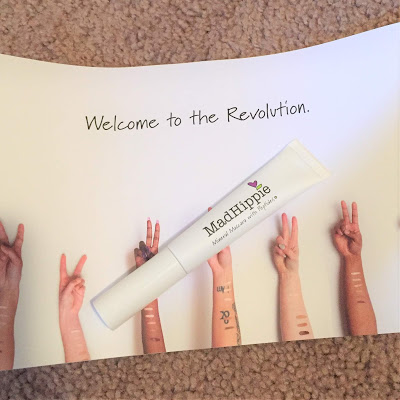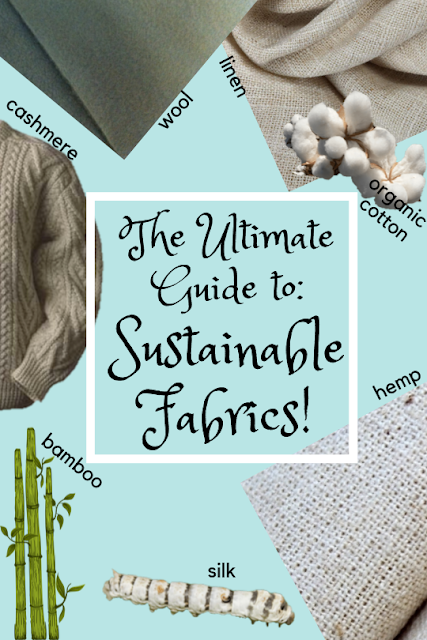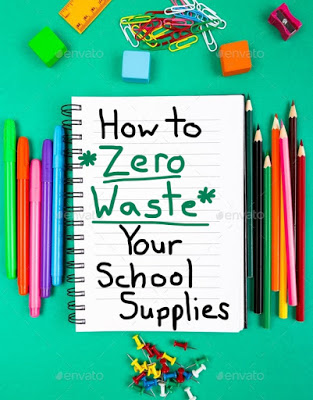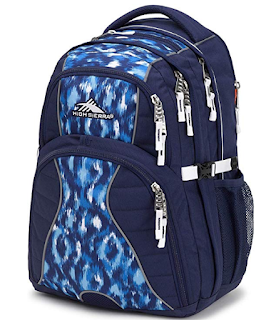Hey earth muffins! If you have been following Life of an Earth Muffin for some time, you will know that I use the Femometer (and both the Basal Body Temperature and Cervical Mucus methods) as a natural form of birth control. As many people have not thought about using natural birth control, I wanted to share what “experts” say on the subject… Let’s jump right into it!
 |
| Pin to read later! |
*Doctors: The opinions on using natural birth control differ for every doctor. My doctor laughed in my face when I told him I wanted to use something natural, so I haven’t discussed the matter with him any further. Check with your doctor to see if natural birth control is right for you!
*WebMD: When looking at the natural family planning page on this infamous health website, it says that natural birth control isn’t as effective as other forms of birth control: about 24% of women will get pregnant… However, I find it weird that they would put a percentage on their website for all forms of natural birth control instead of breaking it down by method, as some natural birth control methods (like “pulling out” or using just a calendar to count days) definitely have a much higher pregnancy risk.
*Planned Parenthood: In their article about natural birth control methods, Planned Parenthood says that using natural birth control will result in about 12-24% of women getting pregnant. Again, they group all of the methods together. This article then goes on to say that this percentage can be reduced, meaning natural family planning can be more effective, if you use multiple methods together (which is what I am doing!) and/or use condoms as well.
*American Academy of Family Physicians: The AAFP did a study on natural birth control, and they actually do break their results down by type. The percentages are how many people will get pregnant using the certain method
I think these results stress how important it is for couples to know how to use their birth control method in the correct way!
*Medicine Net: This article goes into detail about less popular types of natural birth control (things like douching), but it states that overall natural methods can be as much as 98% effective if they are continuously a commitment.
*Natural Womanhood: If you are interested in trying out natural birth control, I would definitely recommend looking into blogs (like this one) and YouTubers who speak about the different forms. No opinion is more valuable than those who actually find success using these methods! This post shares that natural methods (with typical use) are 92% effective: the birth control pill is usually only 91% effective!
Overall, there are so many differing opinions on using natural birth control. There is a lot at stake when it comes to getting pregnant, so the decision truly depends on whether or not you are comfortable putting in the work to ensure that your method is as effective as possible. Definitely do as much research as possible, and give yourself a few months to perfect the method using your individual cycle before you fully trust it!
What are your personal thoughts on using natural birth control?
Love,
Jenna ♥

